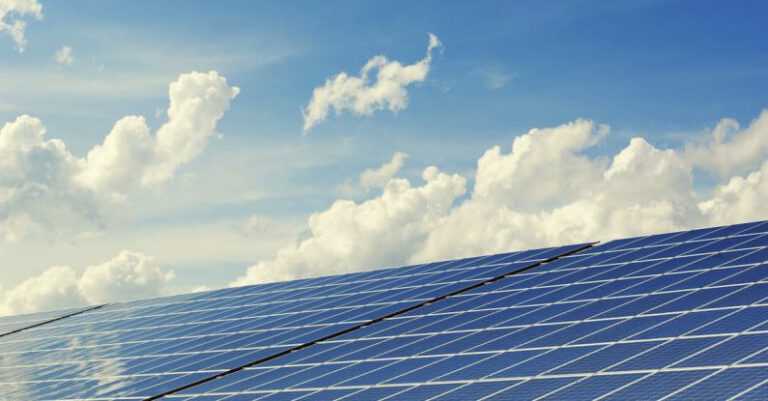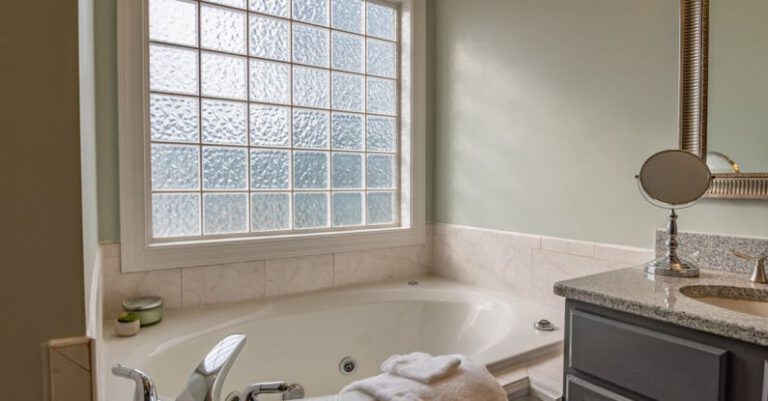What Sustainable Water Practices Can I Implement in My Home?
Water is a precious resource that we often take for granted. As concerns about water scarcity and environmental impact grow, it’s essential for individuals to consider implementing sustainable water practices in their homes. By making simple changes to our daily routines and household systems, we can reduce water waste, conserve resources, and lower our utility bills. In this article, we will explore what sustainable water practices you can easily implement in your home to contribute to a healthier planet and save money in the process.
**Upgrade to Water-Efficient Fixtures**
One of the most effective ways to reduce water consumption in your home is by upgrading to water-efficient fixtures. Replace old toilets, faucets, and showerheads with low-flow options to significantly decrease water usage. Low-flow toilets can save up to 13,000 gallons of water per year, while low-flow showerheads can cut water usage by 40% or more. These fixtures are designed to maintain water pressure while using less water, making them a simple yet impactful upgrade for any household.
**Fix Leaks Promptly**
Even a small leak can waste significant amounts of water over time. Be proactive about checking for and fixing leaks in your home to prevent unnecessary water waste. Common culprits include dripping faucets, running toilets, and leaky pipes. By addressing leaks promptly, you can conserve water, prevent water damage, and lower your water bill.
**Collect Rainwater for Outdoor Use**
Instead of relying solely on treated municipal water for outdoor tasks like watering the garden or washing your car, consider setting up a rainwater collection system. Installing a rain barrel or cistern allows you to capture and store rainwater for later use. Rainwater is free of chemicals, making it ideal for plants, and using it for outdoor chores can help reduce your dependence on potable water sources.
**Opt for Water-Saving Appliances**
When it’s time to replace appliances like washing machines and dishwashers, opt for models that are designed to be water-efficient. Energy Star-rated appliances are not only better for the environment but also for your wallet in the long run. These appliances use less water and energy per cycle, helping you save resources and reduce your utility bills over time.
**Practice Water-Smart Behaviors**
Simple changes in your daily habits can also contribute to sustainable water practices in your home. Turn off the tap while brushing your teeth or scrubbing dishes, take shorter showers, and only run dishwashers and washing machines with full loads. These small adjustments can add up to significant water savings over time without requiring any major investments or renovations.
**Create a Water-Friendly Landscape**
If you have a yard or garden, consider landscaping with water conservation in mind. Choose native plants that are adapted to your region’s climate and require less water to thrive. Mulch around plants to retain soil moisture and reduce the need for frequent watering. Additionally, consider installing a drip irrigation system to deliver water directly to plant roots, minimizing evaporation and runoff.
**Monitor Your Water Usage**
Lastly, stay informed about your water consumption by monitoring your usage regularly. Keep track of your water bill and look for any unusual spikes in usage that could indicate a leak or inefficiency. By staying aware of how much water you’re using, you can make informed decisions about where to focus your efforts in conserving water in your home.
**In Summary**
Implementing sustainable water practices in your home not only benefits the environment but also your wallet. By upgrading to water-efficient fixtures, fixing leaks promptly, collecting rainwater, opting for water-saving appliances, practicing water-smart behaviors, creating a water-friendly landscape, and monitoring your water usage, you can make a positive impact on water conservation efforts. Small changes in your daily routines and household systems can add up to significant water savings over time, helping to ensure a more sustainable future for generations to come.






